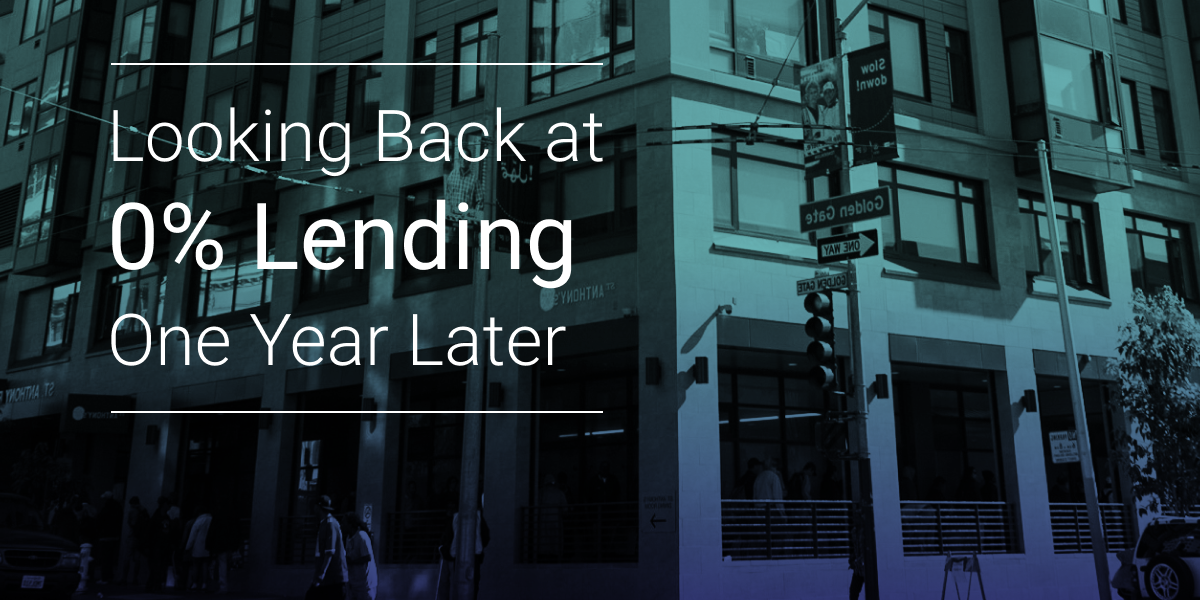The Bay Area Racial Equity Fund (BayREF) provided more than $2 million of 0% loans and free financial management advising to BIPOC-led nonprofits responding at the forefront of the COVID-19 pandemic. More than one year after the last loan closed, 100% of BayREF’s borrowers are current, and the default rate across the entire portfolio is 0%. The final loan will be repaid in November 2025. We look forward to sharing updates and insights as we continue to monitor and learn from this pilot program.
BayREF Portfolio Overview
Borrowers: BIPOC-led nonprofits in the Bay Area with budgets under $3 million
Portfolio Size: $2.1 million deployed to 17 borrowers
Loan Size: Max loan $250,000; Average loan $124,400
Interest: 0%
Fees: $0
Collateral: None
Term: 1 to 3 years
Other: Paired technical assistance available
Background
In 2020, Community Vision worked with Sankofa Consulting to lead a community-informed evaluation process of our lending practices and policies to identify ways to make them more reparative. The report underscored the barriers that borrowers of color face across the financial industry, including higher costs, longer timelines and overall distrust due to a history of discriminatory practices in lending.
The report recommended steps that mission-driven lenders like Community Vision can take, such as simplifying applications, streamlining approvals and removing excessive covenants. Though we are a lender that primarily focuses on real estate secured loans, which typically require lengthy and often complex due diligence, we actively looked for ways to implement these changes.
Around the same time, Community Vision, American Nonprofits and Nonprofit Finance Fund began working with several philanthropic partners to design a financing program to support leaders addressing local needs in communities of color, who experienced disproportionate harm from the COVID-19 pandemic. Because BayREF’s focus was unsecured working capital loans under $250,000, the program presented a perfect opportunity to pilot some of Sankofa’s recommendations through a “short-form” underwriting process.
The program design was informed by targeted outreach to networks of nonprofit organizations led by people of color and working in communities of color. We sought advice from community partners about creating a program that was tailored and responsive to the needs, aspirations and sensitivities of their grantees and members. This process provided thoughtful input and insights about the challenges that many organizations were facing during the pandemic and suggestions for how to engage with BIPOC organizations that may be distrustful of financial institutions.
Building BayREF
BayREF’s full transaction cycle from outreach to closing was designed to be simple, transparent and fast. Thanks to generous support from our philanthropic partners, the loans had no origination or closing fees, no interest rate and no collateral or guarantee requirements. This provided us with an opportunity to reduce the barrier of cost. Applications were kept under three pages, and cash flow forecasts and operating projections—which are typically expected, yet often challenging for systemically underinvested organizations to produce—were not required. Through this process, we had the chance to address time as a barrier.
In addition to BayREF’s no-cost capital offering, the option for free, relationship-centered financial management coaching provided an added layer of support for organizations pursuing future growth. Organizations would be able to work with consultants on a variety of topics, including multi-year budget projections, cash flow forecasting for capital projects and more.
The three BayREF co-lenders agreed to start with a 25% Loan Loss Reserve (LLR)—as compared to the current 10% LLR on Community Vision’s general loan fund—due to unknown risks associated with short-form underwriting. During the underwriting, most borrowers had “Good” and “Acceptable” risk ratings. If these lower risk ratings proved accurate, and the short-form underwriting did not end up leading to higher risk or losses, we would have an opportunity to normalize this approach, further pushing our industry and ourselves toward more reparative practices across the board.
BayREF Outcomes
The BayREF co-lenders received a total of 71 applications for loans, representing $9.8 million in the aggregate. This demand far outweighed the funds available through the program nearly 4:1. From spring 2021 to summer 2022, BayREF provided $2.1 million of 0% financing for 17 organizations. Loans ranged from $15,000 to $250,000 and were primarily used for working capital and liquidity, facilities and equipment, real estate pre-development and program expansion. The program also provided 365 hours of financial management advising to 30 nonprofits. More than half of the borrowers took advantage of BayREF’s free financial coaching on the front end.
One year after full deployment, the BayREF portfolio is strong.
Of the $2.1 million disbursed through the program, $970,466 has been repaid as of September 30, 2023, and the portfolio risk as evaluated through loan monitoring has not increased in this first year.
Additionally as of September 30, Community Vision’s original 25% LLR on the BayREF portfolio has been reduced to 7%. This is a more standard reserve for these loans’ corresponding risk ratings of “2 – Good” and “3 – Acceptable,” which are associated with a 5% and a 7% reserve respectively on a scale of “1” to “7,” with “7” being the highest level of risk.
Early BayREF Insights
BayREF has shown promising results, and as we continue to observe this portfolio, we will look to answer additional questions, including:
- What were the perceived risks of a short-form underwriting approach, and did they actually materialize?
- How will this portfolio perform as we continue through the volatile economic aftermath of COVID-19, and move further away from one-time recovery funds?
- What is the true impact of this type of program on reducing the racial wealth gap? Is it primarily financial, providing 20% savings (over $125,000 in total across the portfolio) to borrowers through reduced interest and fees? Or is it more experiential, expanding access for borrowers who have endured race-based financial barriers in the past and as a result have been hesitant to take on debt? Or is it a combination of both?
- If we run a similar program again, could we get comfortable decreasing the starting LLR, making the program more cost-efficient and indicating more confidence in a short-form underwriting approach?
Beyond BayREF, other 0% lending programs have appeared across the country, including the Oakland Restorative Loan Fund, the San Diego County COVID-19 Small Business and Nonprofit Loan Program, the Rapid Response Loan Fund and the McAllen 0% Interest Loan Program. This broader trend demonstrates the growing desire among community-based lenders and investors to deploy reparative capital. We look forward to sharing more insights and impacts as we continue engaging, supporting and learning from our BayREF borrowers.






